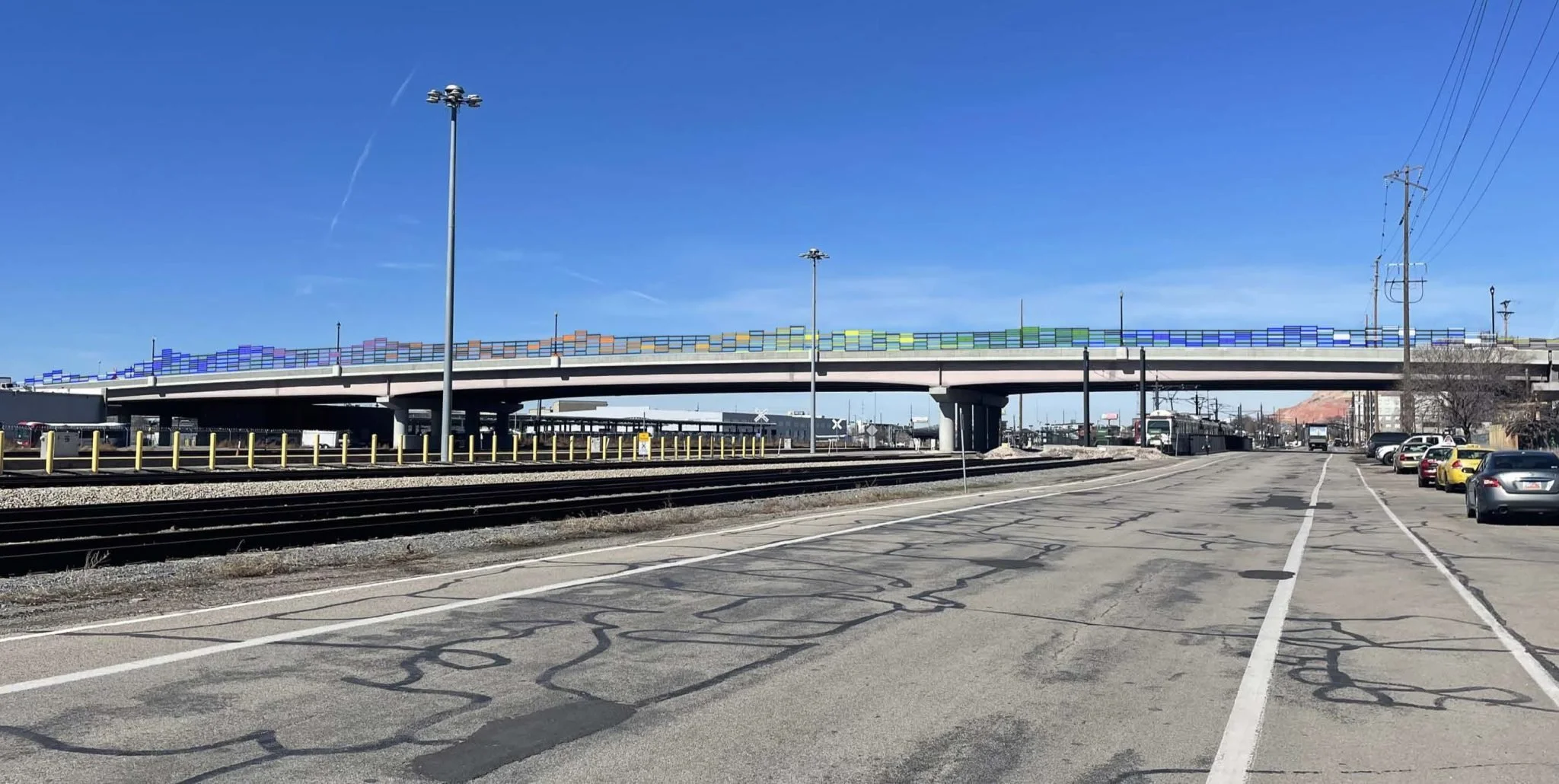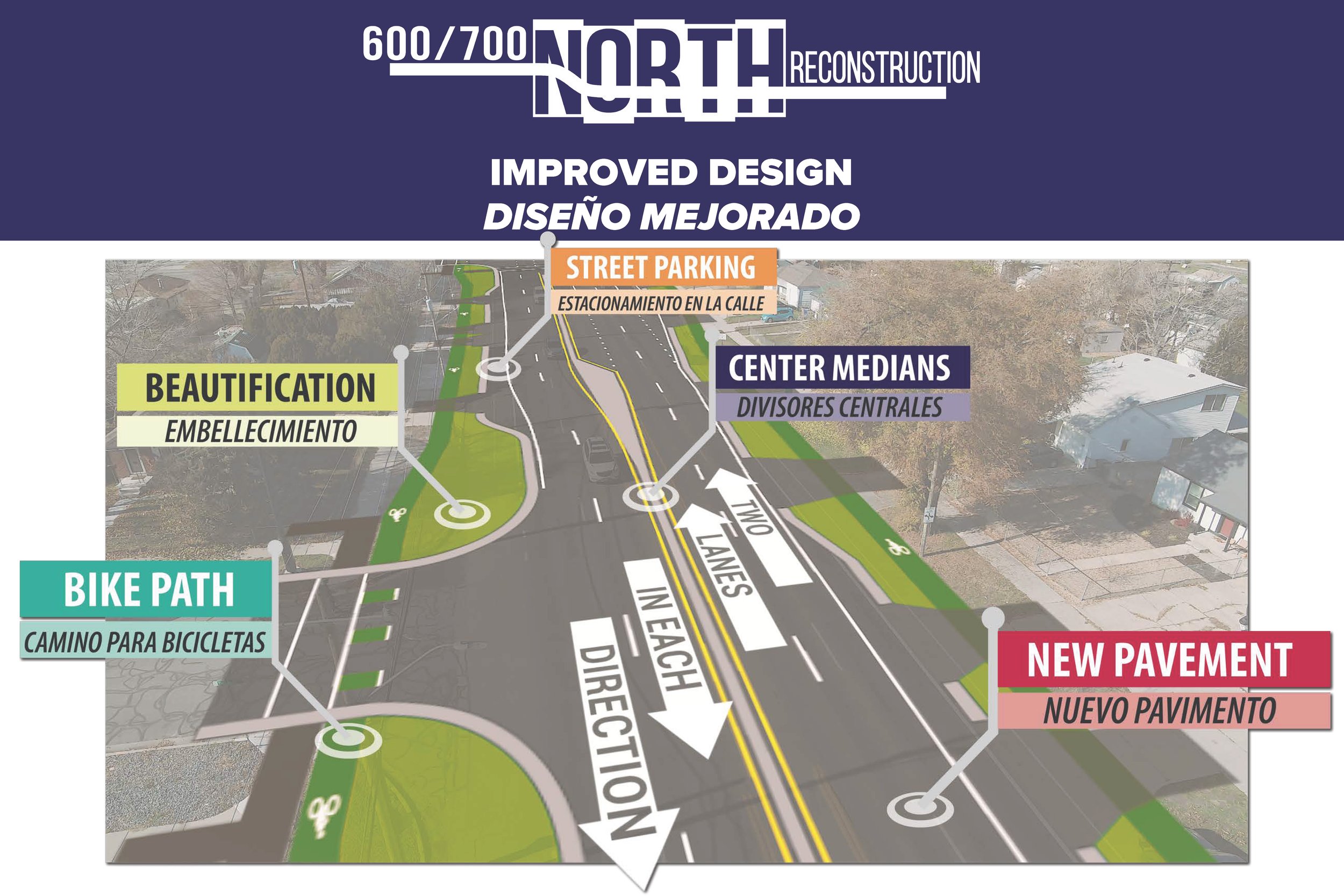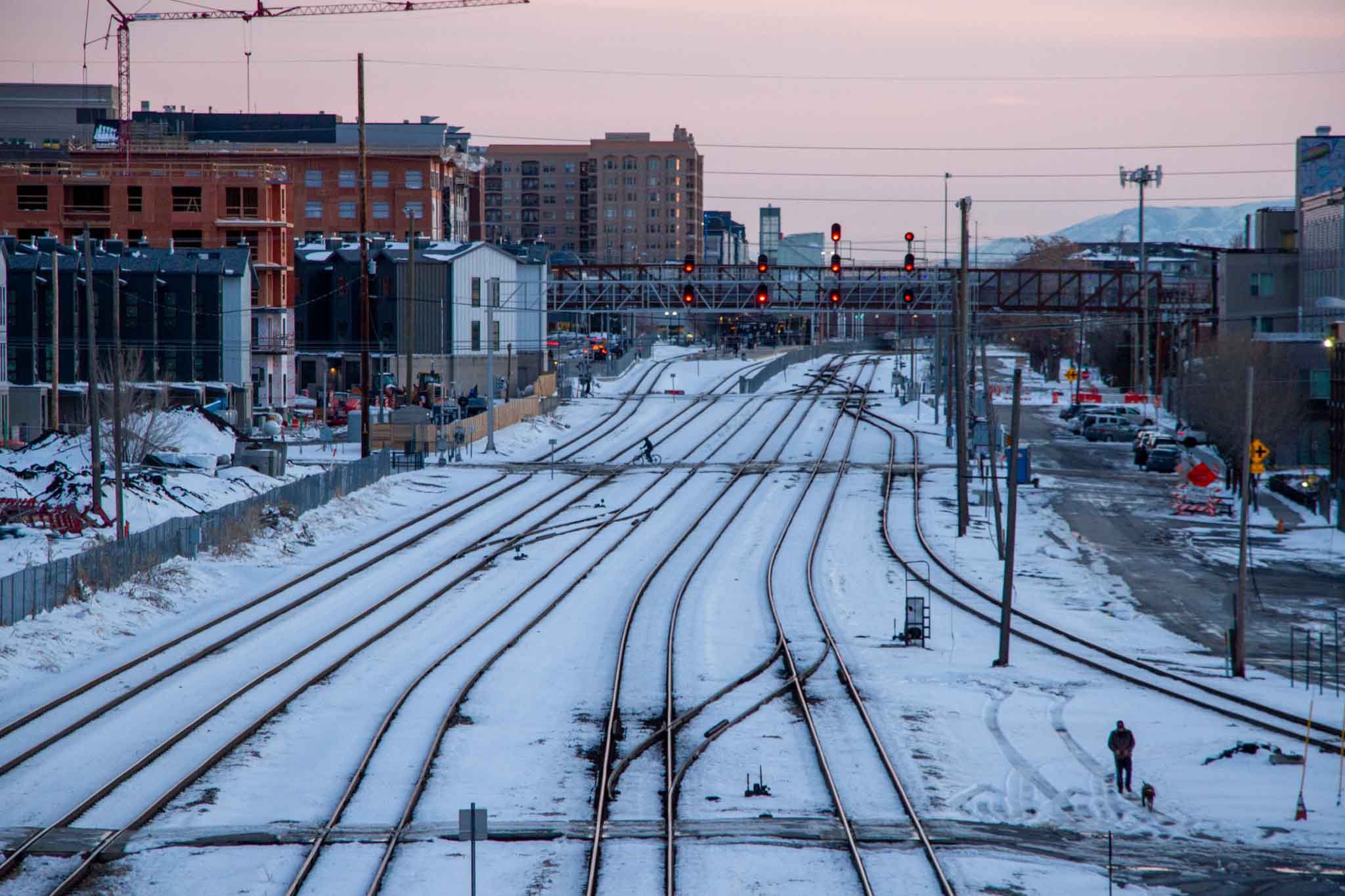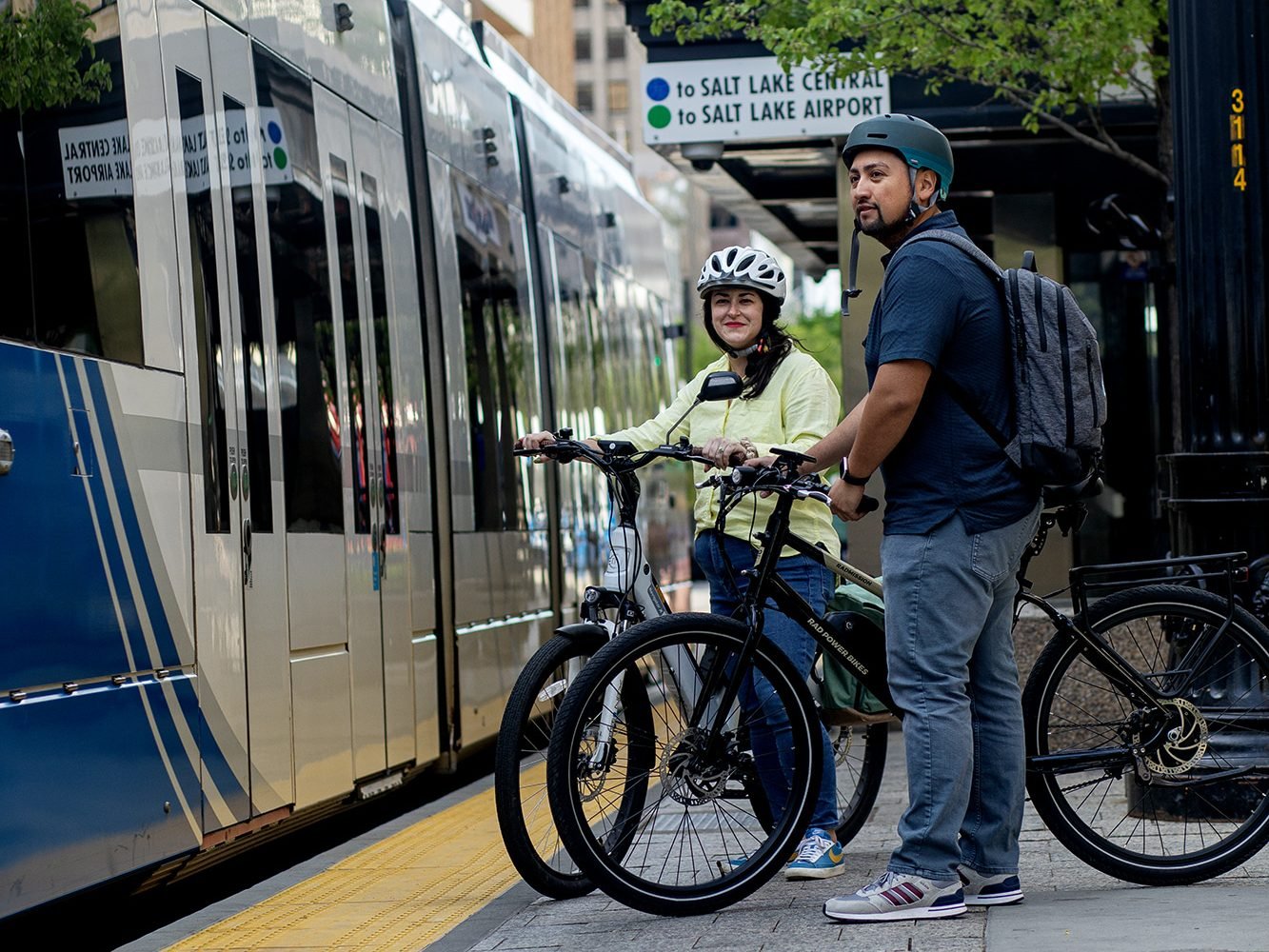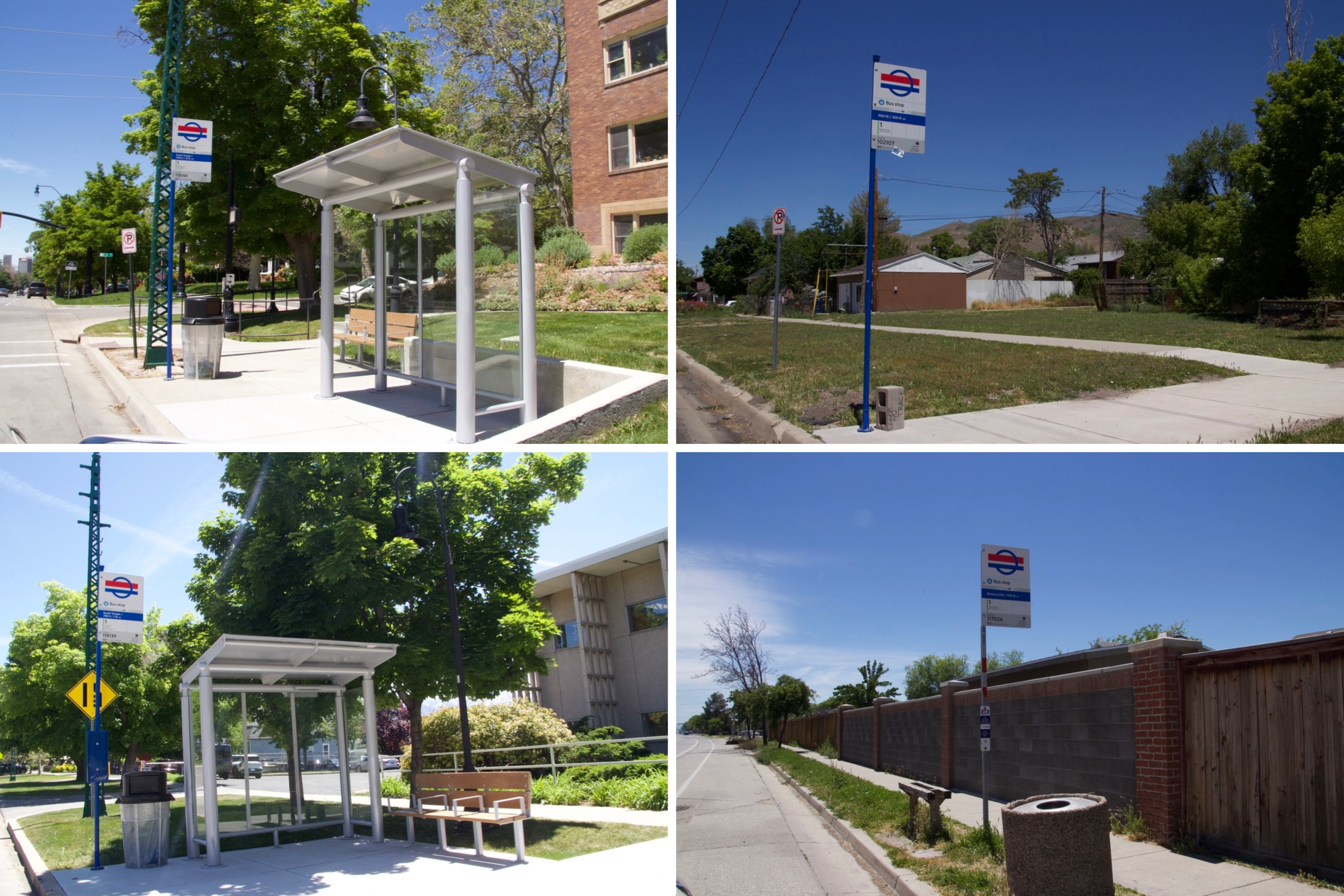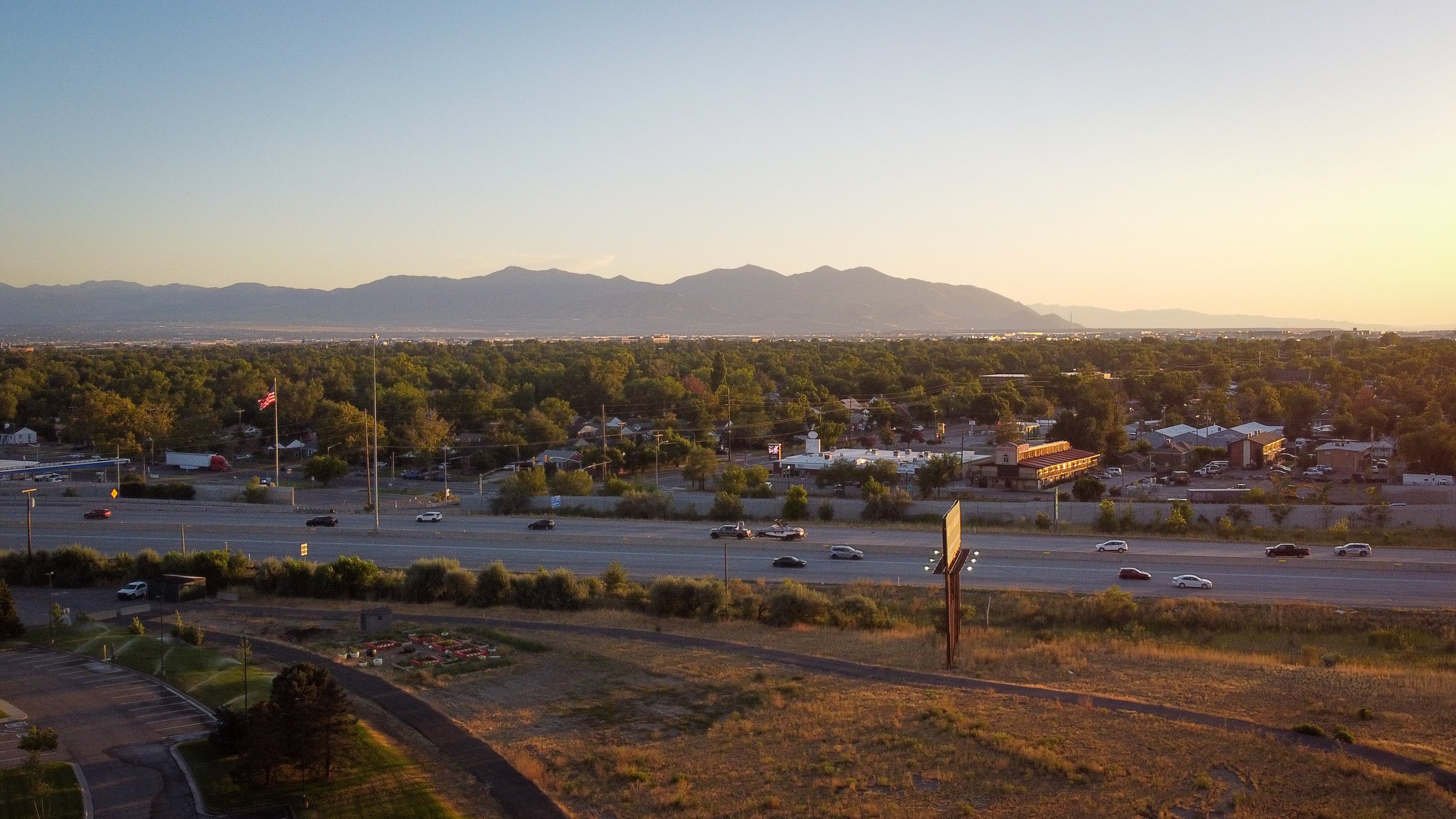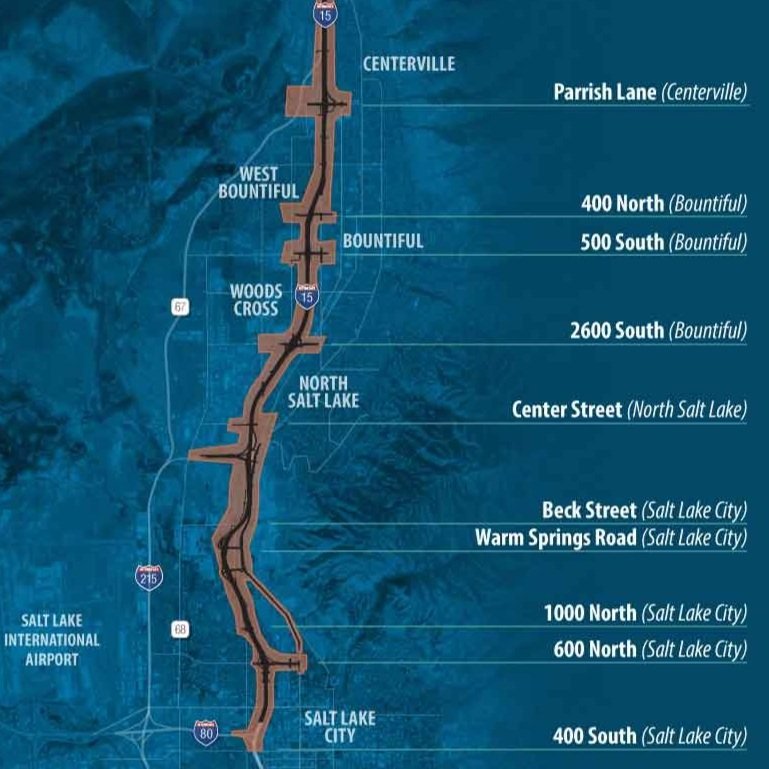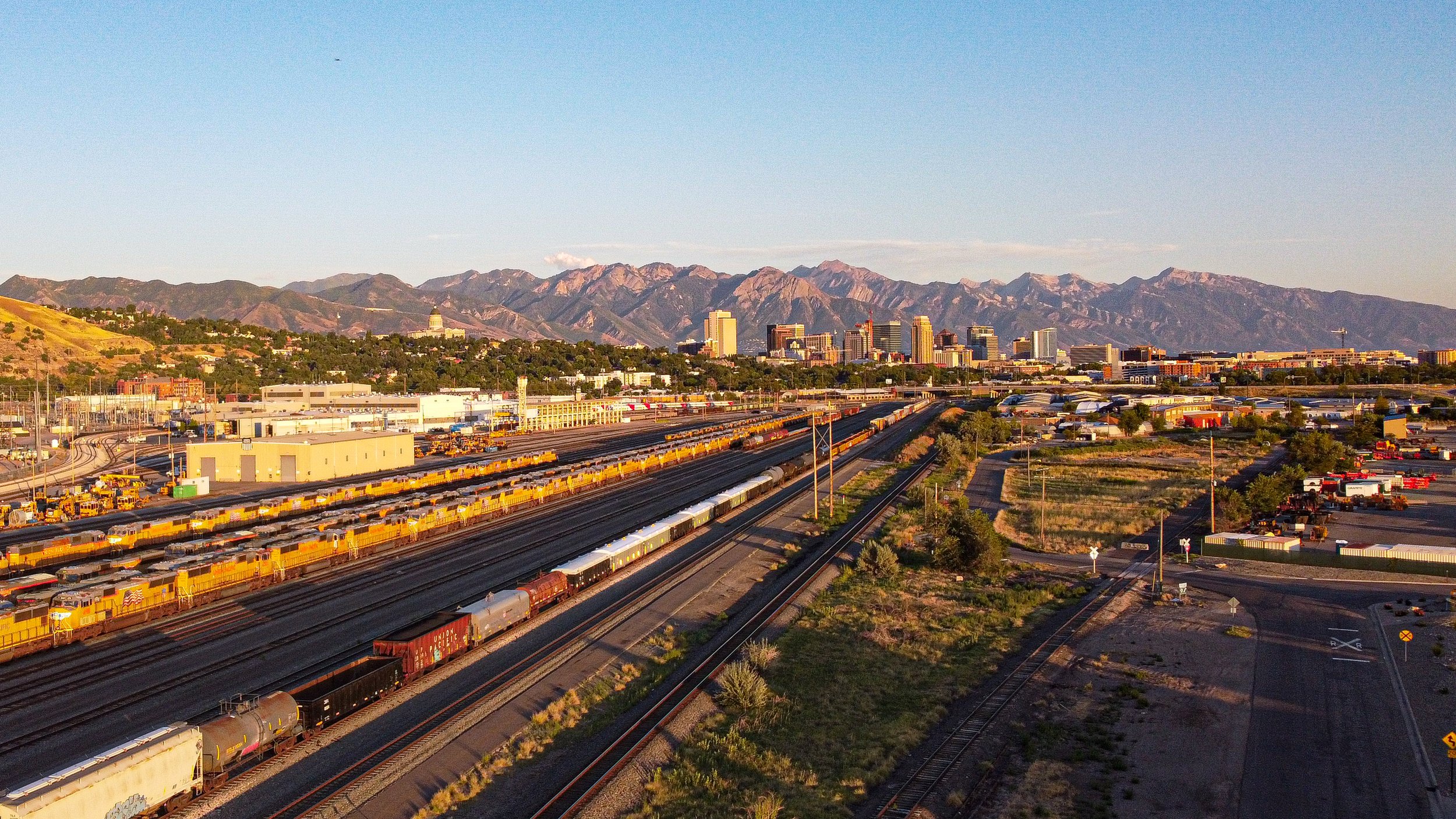Transportation
As summer drags on, so too do road projects around the area. Several of the projects underway affect the Westside — directly or indirectly — affecting each of our daily lives. Some projects hope to improve road safety, some add artistic beauty to an otherwise drab area, and others look for ways to heal historical divides.
Salt Lake City and the Utah Inland Port Authority (UIPA) are seeking comments and feedback as they work to determine the future of the Northwest Quadrant. Specifically, they’re seeing public input on the area west of the airport.
A new trail alignment for the Jordan River Parkway Trail from 500 North to the Backman Bridge – including construction of a nature playground and outdoor classroom, and installation of a new irrigation system – is currently underway.
Salt Lake City stands at a crossroads. With the release of a new economic study from Utah State University (USU), momentum is growing behind the Rio Grande Plan — a bold proposal to reroute and bury heavy rail lines, restore the historic Rio Grande Depot as a transit hub, and unlock dozens of acres of developable land. For residents of Salt Lake's Westside, long separated by rail lines dating back to 1870, this plan represents not just a transit project, but a once-in-a-generation opportunity to stitch the city back together.
Several bus lines across Salt Lake City – including two on the Westside – have been upgraded to have more frequent service. It’s part of a partnership between the city and UTA to launch Go Routes. Photo courtesy of UTA.
Construction to upgrade 600/700 North from 800 West to Redwood Road has begun. During the first phase, construction will focus on the south side of the road from 1200 West to Redwood Road. There will be four phases of construction over the next few years.
Salt Lake City’s Westside residents will get a chance to see the latest plans for reconstructing 600 North and 700 North by attending an open house on Wednesday, April 16th.
Reconstruction of 600/700 North in Salt Lake City is set to begin sometime this spring or summer. There have been various discussions over the past few years on how to improve safety in this Westside corridor, and now the city is just about ready to move forward.
For those of us who live on the Westside, we’re incredibly familiar with the challenges we face when trying to head east – to Downtown, the University of Utah, hospitals and other health care, shopping on 300 W, and more. Between I-15 and the railroad tracks, it can often feel like we’re cut off from the rest of the city we call home.
Now, Salt Lake City is launching a new study to analyze the problem and come up with solutions to help bridge the West-East divide. These solutions will include various kinds of transportation methods, including automobiles, public transit, biking, walking, and more.
Of more than 2,000 applicants, 277 Salt Lake residents were awarded e-bike vouchers to help decrease driving and promote cleaner air.
Salt Lake's east side has better bus stop facilities than the Westside, according to a report from The Utah Investigative Journalism Project.
Salt Lake City is launching a new voucher incentive program to help residents purchase a new e-bike. The city hopes this will help air quality to improve in the area.
Salt Lake City transportation engineers, along with experts from Avenue Consultants, are looking at traffic calming measures and improvements on 600/700 North between 800 West and Redwood Road.
State continues to plan I-15 expansion despite doubling cost and continued opposition from the communities that will be affected.
Westside community members and business owners have doubts about the impacts of the proposed I-15 expansion.
While UDOT has made concessions to community feedback, like preserving Westside homes and businesses by building in, not out, local opposition to expanding I-15 persists.
A regional council comprising elected officials and representatives from government and community organizations is responsible for the plan to expand I-15.
The city is seeking input for a reconstruction project to make 600/700 North work better for pedestrians, cyclists, and motorists alike.
The Rose Park Elementary School bike bus is a volunteer initiative that helps kids ride to school, shown to improve learning outcomes.

